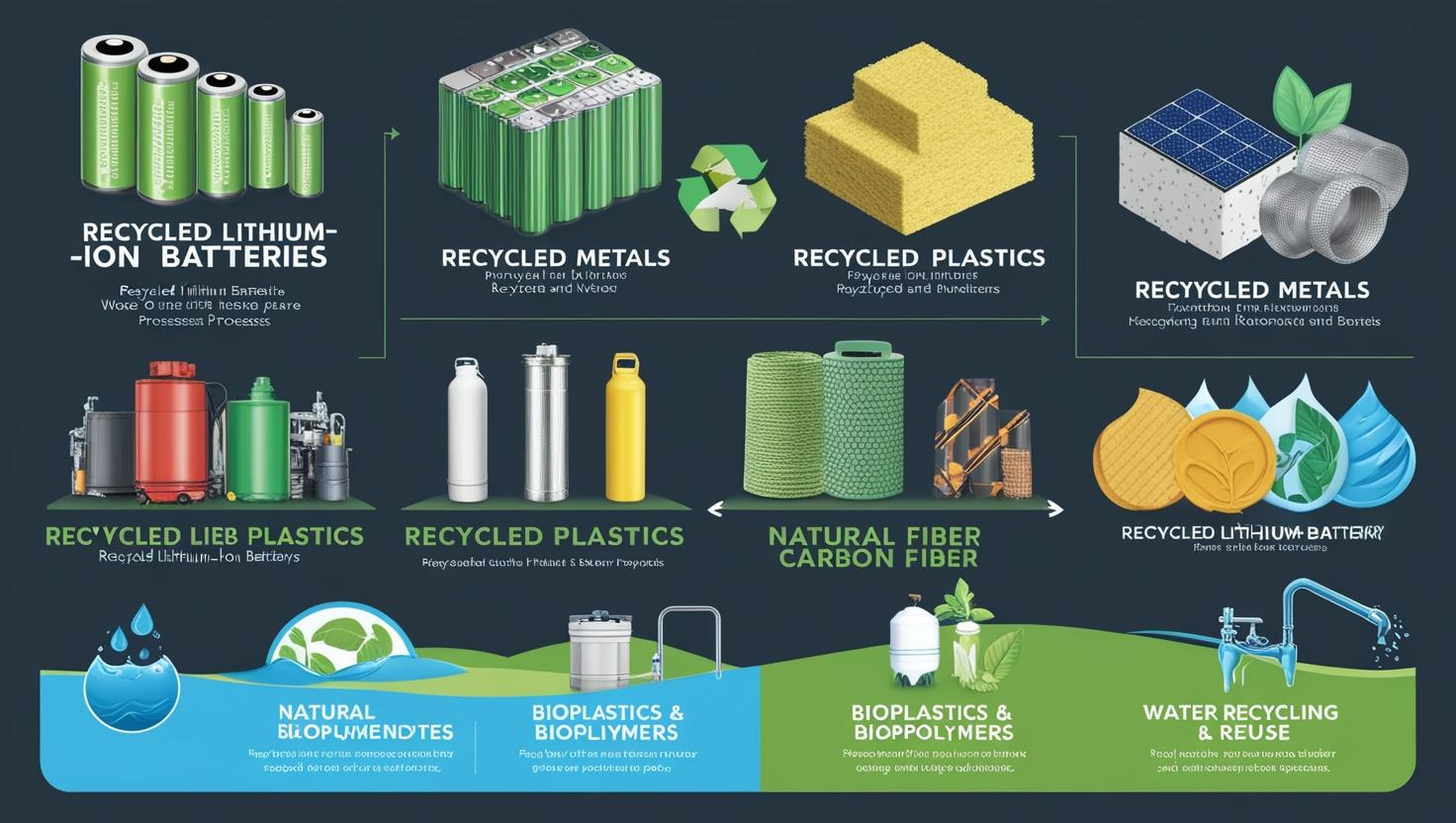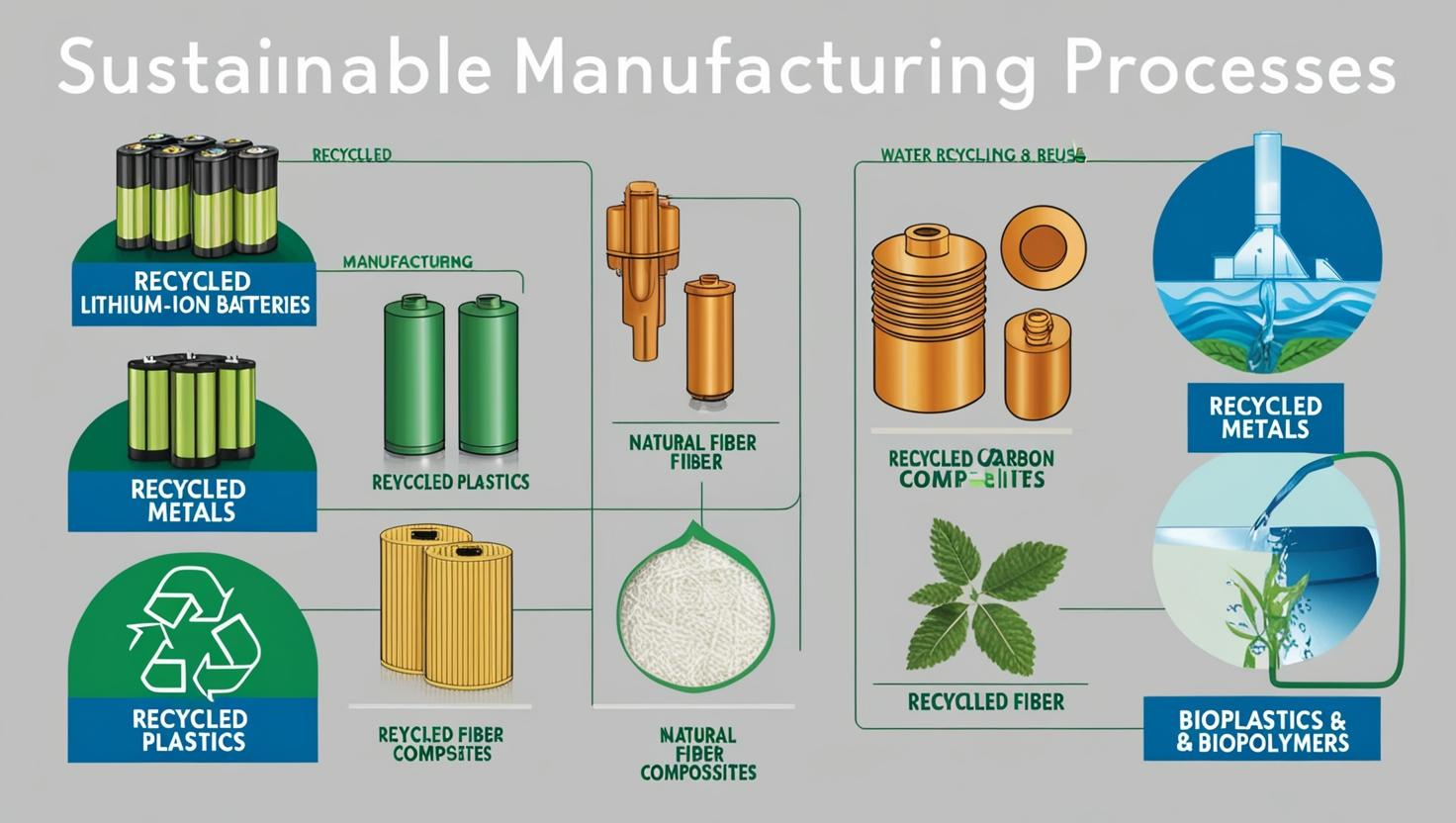Sustainable manufacturing has emerged as a key focus area for industries worldwide as companies strive to reduce their environmental impact while maintaining profitability. With increasing regulatory pressure, consumer demand for eco-friendly products, and advancements in green technologies, sustainable manufacturing is poised for significant growth. This article explores key trends, growth drivers, and the market outlook for sustainable manufacturing in the coming years.
Download PDF Brochure @ https://www.marketsandmarkets.com/pdfdownloadNew.asp?id=140349832
Key Trends in Sustainable Manufacturing
- Adoption of Circular Economy Practices
The shift from a linear economy (make, use, dispose) to a circular economy is transforming manufacturing. Companies are adopting strategies like recycling, remanufacturing, and waste reduction to minimize resource consumption and lower environmental impact. This trend is gaining traction across industries, from automotive to electronics and packaging.
- Integration of Renewable Energy in Manufacturing
Many manufacturers are investing in solar, wind, and hydro energy to power their production processes. Renewable energy adoption not only reduces carbon emissions but also helps companies achieve long-term cost savings. Companies like Tesla, Apple, and Unilever are leading the way in using 100% renewable energy for their operations.
- Smart Manufacturing and Industry 4.0
The rise of smart manufacturing, powered by the Internet of Things (IoT), Artificial Intelligence (AI), and data analytics, is driving efficiency and sustainability. Predictive maintenance, real-time monitoring, and digital twins help reduce energy consumption, optimize supply chains, and minimize waste.
- Use of Sustainable Materials
The demand for biodegradable, recycled, and low-impact raw materials is growing. Industries such as fashion, construction, and packaging are incorporating sustainable alternatives like bioplastics, bamboo, and recycled metals to reduce environmental harm.
- Green Supply Chain Management
Manufacturers are focusing on sustainable sourcing, ethical labor practices, and eco-friendly logistics. Companies are increasingly working with suppliers who adhere to environmental standards, reducing carbon footprints throughout the supply chain.
Growth Drivers of the Sustainable Manufacturing Market
- Stringent Environmental Regulations
Governments across the globe are implementing strict regulations to reduce industrial pollution. Policies like the EU Green Deal, China’s carbon neutrality goals, and the U.S. Clean Energy Plan are pushing manufacturers to adopt sustainable practices.
- Rising Consumer Awareness and Demand for Eco-Friendly Products
Consumers are becoming more environmentally conscious and prefer sustainable products. This shift is compelling companies to invest in green manufacturing to maintain brand loyalty and competitive advantage.
- Cost Savings and Operational Efficiency
Sustainable practices such as energy efficiency, waste reduction, and lean manufacturing contribute to lower operational costs. While initial investments may be high, long-term savings on energy and materials make sustainability a financially viable strategy.
- Corporate Sustainability Goals and ESG Initiatives
Businesses are setting ambitious sustainability targets as part of their Environmental, Social, and Governance (ESG) commitments. Companies that prioritize sustainability are attracting more investors and gaining market credibility.
- Technological Advancements in Green Manufacturing
Innovations in green chemistry, 3D printing, carbon capture, and energy-efficient production methods are making sustainable manufacturing more accessible and cost-effective. Emerging technologies continue to create new opportunities for eco-friendly production.
Market Outlook for Sustainable Manufacturing
The global sustainable manufacturing market size was valued at USD 215.4 billion in 2024 and is estimated to reach USD 367.2 billion by 2029, growing at a CAGR of 11.3% during the forecast period from 2024 to 2029. Key industries driving this growth include automotive, electronics, chemicals, food & beverage, and textiles.
Regional Analysis
- North America and Europe are leading the market due to stringent environmental policies and strong corporate sustainability commitments.
- Asia-Pacific is expected to witness the fastest growth, driven by industrialization, government incentives, and increased adoption of green manufacturing in China, India, and Japan.
- Latin America and the Middle East & Africa are gradually adopting sustainable manufacturing practices, supported by emerging regulations and international collaborations.
Sustainable manufacturing is no longer just an option—it is a necessity for the future of industry. Companies that adopt eco-friendly practices will not only comply with regulations but also gain a competitive edge in an evolving market. As technology advances and consumer demand for sustainability rises, the manufacturing landscape will continue to shift towards greener and more responsible production methods.


